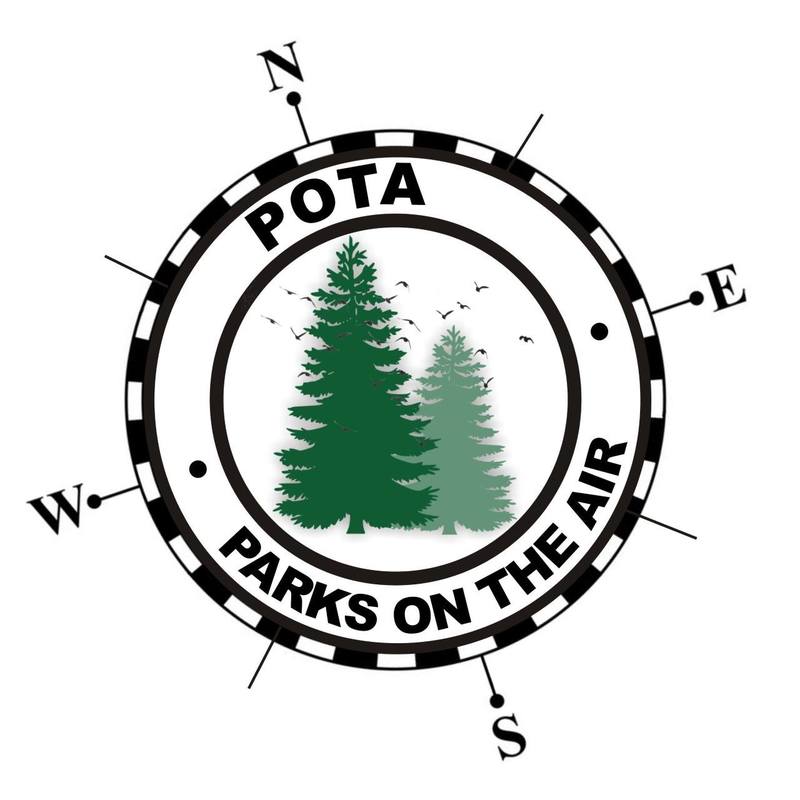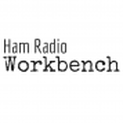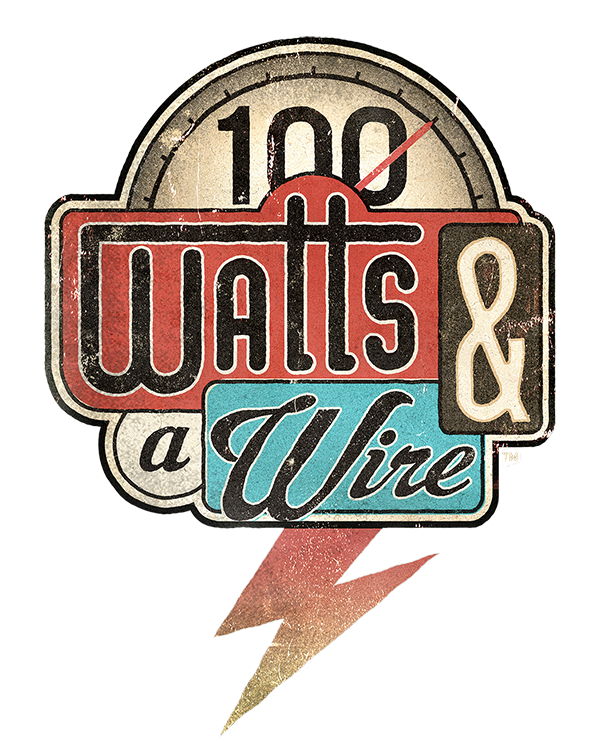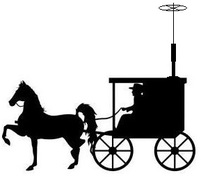|
So, those familiar with the movie, or the original comics will know that these judges had the power to arrest, convict, sentence, and execute criminals on the spot. Luckily the FCC doesn't have that power, because sometimes the regulations can be a bit confusing, and I'd hate to be executed over a misunderstanding!
With that thought in mind, here is another round of an observation I've made on the air, along with some of the applicable Part 97 regulations, and my best shot at interpreting them. Feel free to comment, and maybe with some luck I'll get one of the Official Observers to jump in and let us all know if I've got my story right! |
NPOTAthon 2.0
Don't forget about my upcoming big event! NPOTAthon 2.0 is coming on October 30th!
1 Crazy Ham 12 Parks 1 Day Check it out here! |

Part of the definition of Harmful Interference is "...obstructs or repeatedly interrupts a radiocommunication service operating in accordance with the Radio Regulations."
But this post isn't about tuning up over top of someone else...

Okay, so I'm allowed to tune - good to know. There are all kinds of scenarios that pop up after that but the ones I've been thinking about these:
-
An operators tunes up, but then doesn't call CQ, or talk to anybody.
- In this case, the operator "broke the law" (watch over your shoulder for the Judge!!) This is because tuning up does transmit a carrier, so you have in fact made a transmission. The instant we make any kind of transmission, we fall under 97.119 which states that the station "must transmit its assigned call sign...at the end of each communication, and at least every 10 minutes during a communication." If we tune up, and aren't planning on talking, we still need to ID ourselves. A good practice to use might be to just give a quick "tuning complete N3VEM" at the end to keep Mr. Dredd off our backs.
-
An operator, being courteous, has moved down from another station a few kHz to tune, and then moves back up to the original frequency in order to answer the calling station.
- So, this is an area that could get a little goofy. We tuned up, but then we announced our call-sign as we attempted to answer the other station. But we didn't announce our call sign on the exact same frequency that we tuned on. Is that a problem? The wording of Part 97 could be a bit gray, because it says (also in 97.119) that the station "must transmit its assigned call sign on its transmitting channel." Well, Whisky Tango Foxtrot does that mean? Channel? This is ham radio, not CB, and not TV - what on earth do they mean by Channel? As long as I'm still in the same band, is that my "Channel?" Normally in any type of code, we just go to the definitions sections for questions like these. Unfortunately, the FCC conveniently uses this word "Channel" all over Part 97, without defining it. In these cases, the "suits" will generally tell you to reference the good old fashioned Merriam-Webster Dictionary. The part of the definition that applies to us, is this one: "a band of frequencies of sufficient width for a single radio or television communication." So basically, the bandwidth of our transmitted signal is our "channel". This means that if we move far enough away from someone to keep from interfering with them, we probably moved far enough away that we are now considered to be in a different "Channel." For that reason, we probably need to ID ourselves when we're done tuning, before moving back up to the original frequency to answer the calling station.
To that I would say "Nice Try" because the full definition of communication includes some potentially, quite applicable alternative definitions, like "an act or instance of transmitting" which would imply it doesn't have to be a 2-way street. Also, Part 97 includes in the section on ID requirements the phrase "No station may transmit unidentified communications or signals" which implies it isn't just "communication" that needs an ID, but any signal you put out on the airwaves.
 RSS Feed
RSS Feed



